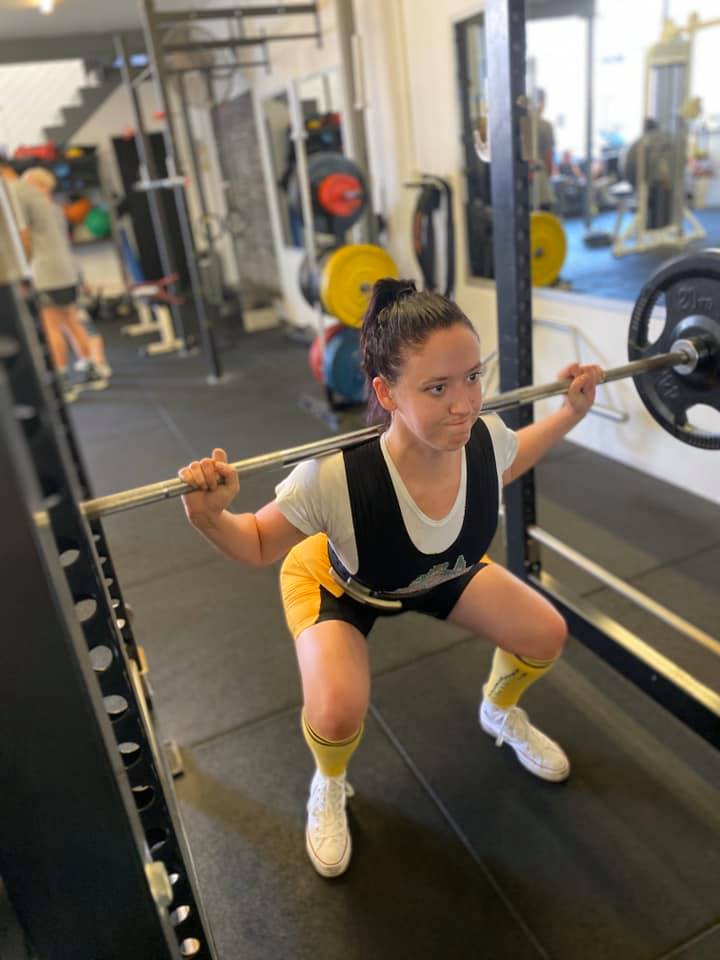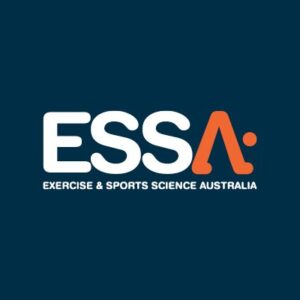
What is the difference between men and women when it comes to fitness and health?
Despite the physiological differences in:
Hormones (estrogen vs testosterone)
Muscle mass – male athletes have a higher ratio of muscle to mass which allows for greater acceleration and speed. However, whilst comparing muscular strength to the cross-sectional area of muscle the differences in strength are relatively equal.
Bone and ligament structure – The larger structure of the male skeletal system provides them with a greater frame to support muscle. On the other hand, female athletes have a wider pelvis and centre of gravity which provides improved balance.
Energy conversion efficiency – Endurance is determined by a body’s efficiency when converting calories into energy. Female athletes are more efficient than male athletes at converting glycogen to energy. They recover faster too!
Female and male athletes are very similar. We are the same species at the end of the day, move in the same way (we all move within the same plane of movement!), utilise energy/food the same way (calories in vs calories out), so why should we train differently?
It is commonly believed that women should not lift any heavy weight otherwise they will get bulky and big. This myth has resulted in many women avoiding resistance training due to an irrational fear of becoming overly muscular. The reality is that women have the ability to lift a tremendous amount of weight, but do not increase lean muscle mass at the same rate as men.
Due to the physiology of the female body, compared to men women produce much less testosterone. That means that adding two days of resistance training to a weekly exercise regimen can increase lean muscle mass. Something I would like to add to my point is muscle is NOT easy to gain regardless of whether you are male or female, and it is even harder for females due to the lesser levels of testosterone or if you have been training for a while. Additionally, strength training can cause women to produce more somatotropin (otherwise known as human growth hormone), but when you consider that growth hormone helps metabolise fat and is considered an important part of reducing the effects of the biological ageing process, this is not a bad thing.
Following up on that point, this provides some insight into the different training styles and volume adaptations. The fact that female athletes have increased balance, recovery and endurance allows for higher accumulated volume prescription (i.e. increased sets vs reps). This allows for reduced central nervous system fatigue and therefore allows for optimal hypertrophic and strength gains. IN SAYING THIS – females need to lift heavy too! It is important to work through a variety of intensity, volume and frequency to progress optimally (this is when you consult your coach.
Compound exercises and movements are essential for EVERYONE, it does not matter if you are male or female. Compound movements utilise more than two muscle groups (technically), and are a lot more effective in burning calories, improving functionality, and building overall strength. Squats, Bench Press, Deadlifts, Overhead Presses, Pull-Ups, Rows. The more muscle that is recruited and targeted in one exercise means more calories burned. Compound exercises will benefit both male and female counterparts as they replicate everyday life motions, and therefore, making everyday tasks easier! For example, picking something off the floor, reaching up to put heavy items on a shelf, keeping up with the kids etc.
Health and fitness flow through the generations. If you are a healthy role model or mother you will instil healthy habits towards your kids and the people around you. Furthermore, who wouldn’t want to improve bone density, strength whilst reducing the risk of preventable diseases such as Type 2 diabetes, alcoholism, and obesity? It’s a win-win!
See you in the studio!
Yours in good health,
Coach Allan




